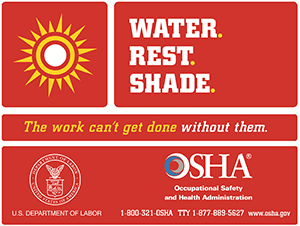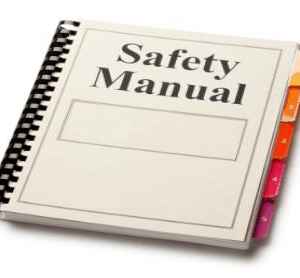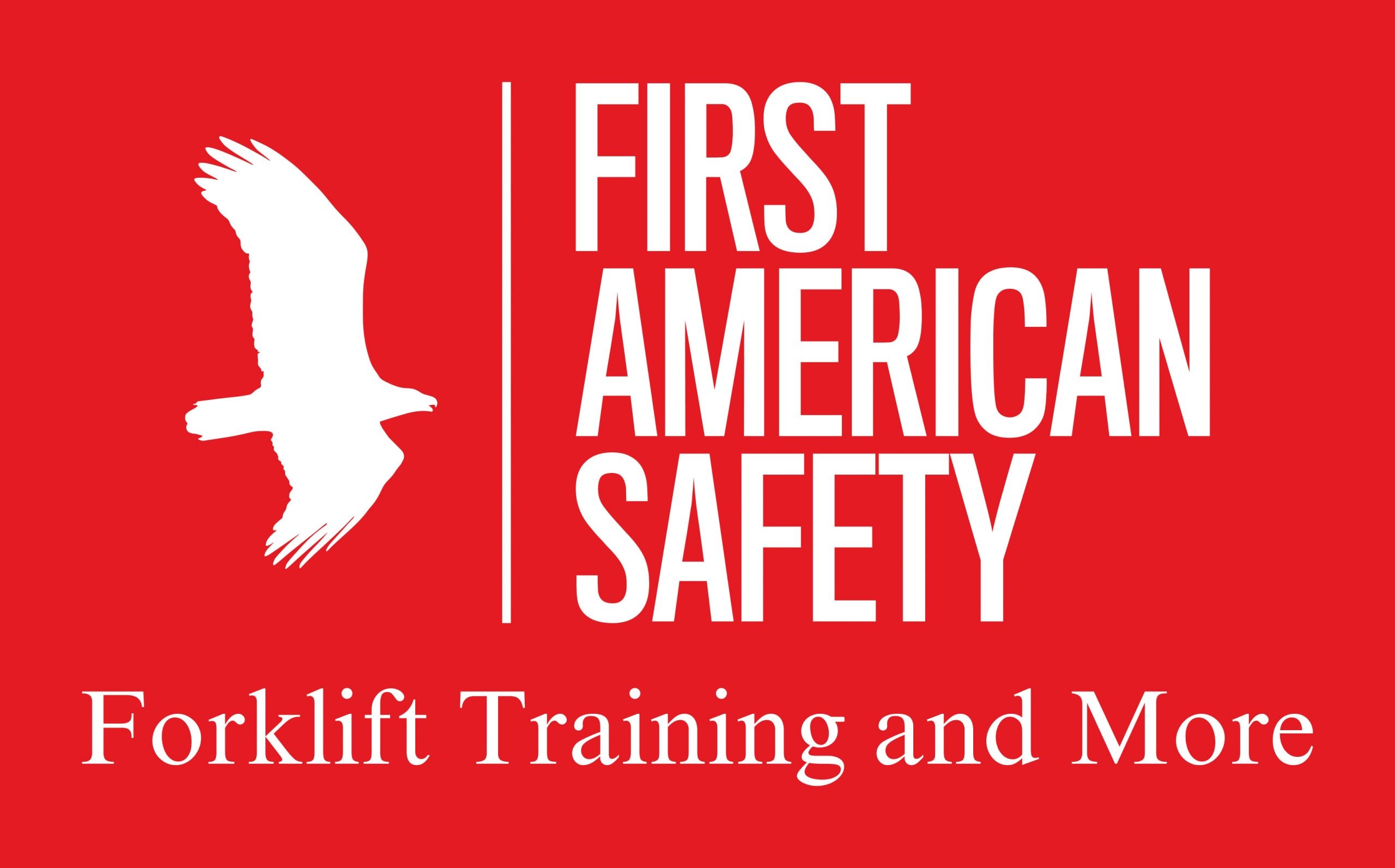Need some free safety meeting topics?
Acetylene Torch Safety – Here are the Basics
Acetylene Torch Safety – Here are the Basics
-
 2025 Labor Law Poster State and Federal Combo$33.99
2025 Labor Law Poster State and Federal Combo$33.99 -
Product on sale
 Heat Illness Prevention PlanOriginal price was: $39.99.$29.99Current price is: $29.99.
Heat Illness Prevention PlanOriginal price was: $39.99.$29.99Current price is: $29.99. -
Product on sale
 Injury/Illness Prevention Program (IIPP)Original price was: $49.99.$39.99Current price is: $39.99.
Injury/Illness Prevention Program (IIPP)Original price was: $49.99.$39.99Current price is: $39.99.
In the world of welding and metalworking, ensuring acetylene torch safety is paramount for protecting workers from potential hazards. Acetylene torches are powerful tools used for cutting, welding, and brazing, but they come with significant risks if not handled correctly. This tailgate safety meeting will delve into best practices, OSHA standards, and essential safety protocols to keep in mind when operating an acetylene torch.
Acetylene Safety Basics
Before we dive into specifics, it’s crucial to understand that acetylene, when mixed with oxygen, creates a flame hot enough to cut through metal but also has the potential to cause fires, explosions, and severe burns if mishandled. Here are some foundational safety tips:
- Check Equipment: Always inspect your acetylene torch setup for leaks or damaged parts before use. Use soapy water to check for gas leaks; bubbles indicate a leak.
- Proper Storage: Acetylene cylinders should be stored upright and secured to prevent falling. Never store acetylene cylinders near oxygen tanks or other combustible materials.
OSHA Standards for Acetylene Use
The Occupational Safety and Health Administration (OSHA) has specific regulations designed to safeguard workers from the dangers associated with acetylene torches. Under OSHA 1910.253, there are guidelines for the safe use, storage, and handling of acetylene:
- Ensure that acetylene cylinders are never over-pressurized; the pressure should not exceed 15 psi.
- Use flash arrestors on both the torch and regulator to prevent flashbacks.
- Workers must be trained on the correct procedures for connecting and disconnecting hoses, as well as safe shut-down procedures.
Operational Safety Measures for Acetylene Torch Use
When actively using an acetylene torch, several safety measures should be strictly followed:
Personal Protective Equipment (PPE)
- Always wear appropriate PPE, including flame-resistant gloves, leather aprons, safety goggles or face shields rated for welding, and sturdy footwear.
- Ensure that clothing is free of oil or grease, as these can ignite easily.
Work Area Precautions
Creating a safe work environment is critical when using an acetylene torch:
- Clear the area of flammable materials. Maintain a clean, clutter-free workspace to minimize fire hazards.
- Ensure adequate ventilation to disperse any fumes or gases produced during cutting or welding.
- Always have a fire extinguisher rated for class B fires (flammable liquids and gases) readily accessible.
Handling and Shutdown Procedures
Proper handling and shutdown of the acetylene torch are essential to acetylene torch safety:
- Turn off the acetylene first, then the oxygen when you’re done using the torch. This reduces the risk of backfires.
- Allow the torch to cool down completely before packing up or moving it.
- Check that all valves are closed and hoses are disconnected safely, looking out for any signs of wear or damage.
In conclusion, adhering to these acetylene torch safety guidelines not only complies with OSHA standards but also ensures that workers can perform their jobs safely and effectively. Always keep safety at the forefront, continuously educate yourself and your team, and stay updated on any new safety protocols or equipment changes. Remember, safety is not just a protocol; it’s a practice that saves lives.
